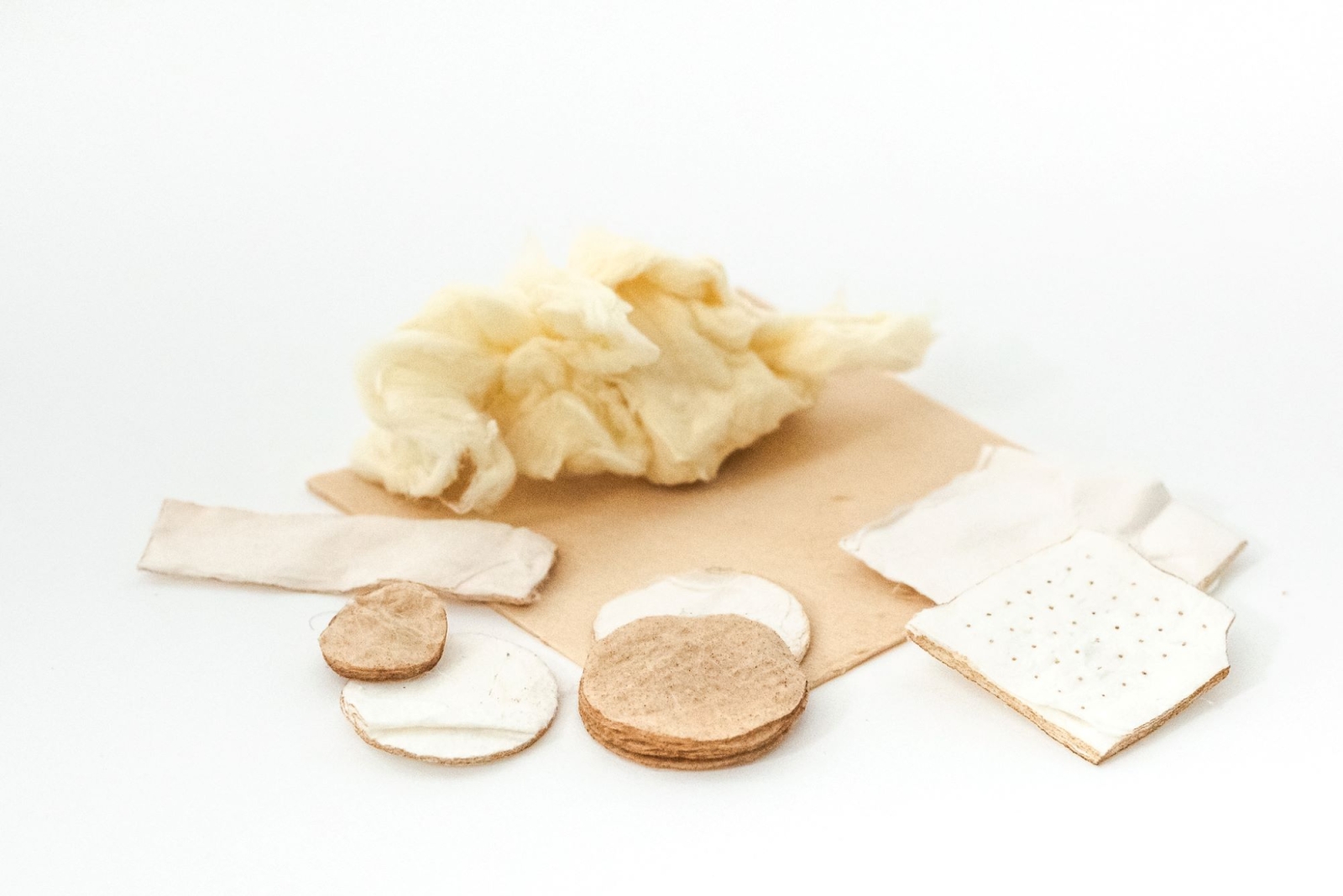Estonian startup Gelatex Technologies has patented a new high-capacity spinning method and a device for the production of nanofibers to innovate lab-grown meat, tissue engineering, energy storage, and many more sectors.
Nanofibres for lab-grown meat and tissue engineering
The scalable technology invented by Gelatex serves to produce “scaffolds”, the main resource in tissue engineering. The largest electrospinning units currently in use and available on the market can produce up to 360g of nanofibers per hour. The Gelatex semi-industrial unit, meanwhile, can already produce up to 5kg per hour with a machine that occupies an area of a couple of square metres. This is a sufficient amount of nanofibers, for example, for the production of 1,300 kg of meat in an 8-hour workday.
It is possible to adjust the diameter, porosity, density, and thickness of the fibres, which, at the moment, are used primarily for cultured meat and tissue engineering. Gelatex also provides the development of nanofiber materials as a service.
A scalable and cost-effective technology
In 2020, the company’s founders, based in Tallinn, Estonia, after taking part in the Techstars accelerator and contributing to reducing the scarcity of filtering devices during the Covid-19 pandemic, decided to use their proprietary technology in new sectors beyond those of air and water filtration.
The material is provided in rolls, easily scalable and up to 90% more economical than current nanofiber materials. “Today, we produce nanofiber structures at a price below 1,000 euros per kg,” says Gelatex CEO Märt-Erik Martens. “If we continue to scale up our technology, in less than 5 years the cost will be just 40 euros. These high-performance materials have never been so accessible.”
Website:
www.gelatex.com
Sector:
Nanofiber production
Pros:
Fast and economical nanofiber production and spinning process
Features:
Technology specialised in the customised development and mass production of nanofiber materials
Image: Gelatex



